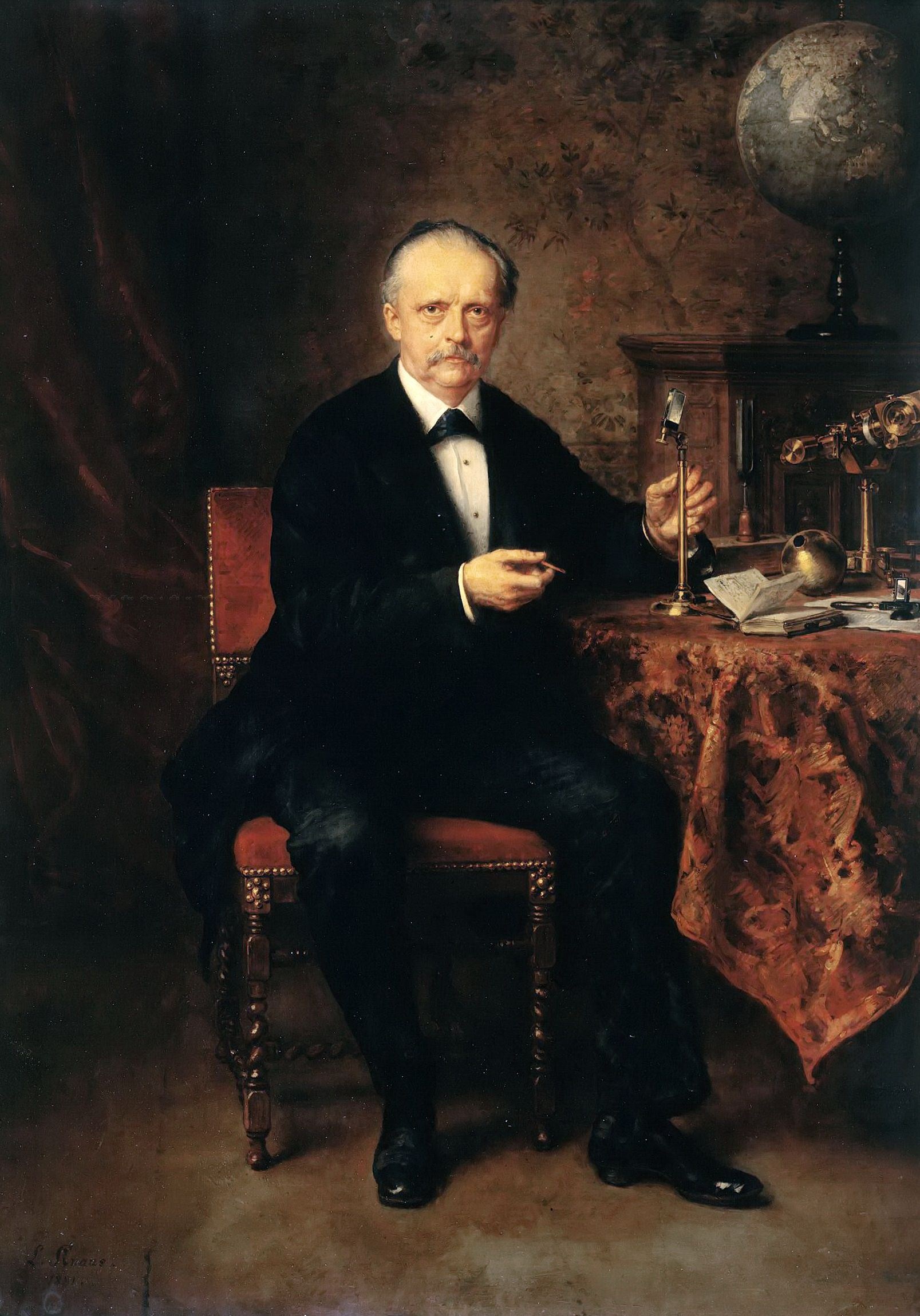- Joined
- Jan 2, 2013
- Messages
- 4,255
Dances with Shrapnel said:Interesting demonstration comnoz. I am pretty sure the difference in the flows is due to the difference in shock losses which is a function of velocity. The 35mm has 36% greater cross sectional area so velocity will be 73% of that of the 30mm side. A higher velocity discharge will incur a greater shock loss. The greater the air velocity at the discharge the greater it wants to contract (vena contracta).
If interested, do a Google search on the words <mine fan evase>. Basically evases reduce the shock loss of discharged mine ventilation air.
Same thing as comnoz demonstration and how it applies to porting.
Shock losses occur when there are shock waves...shock waves occur when the flow is supersonic. Flow in Jim's tube and carbureted manifolds is subsonic.
A vena contractor occurs when fluid leaves a sharp edged orifice.


